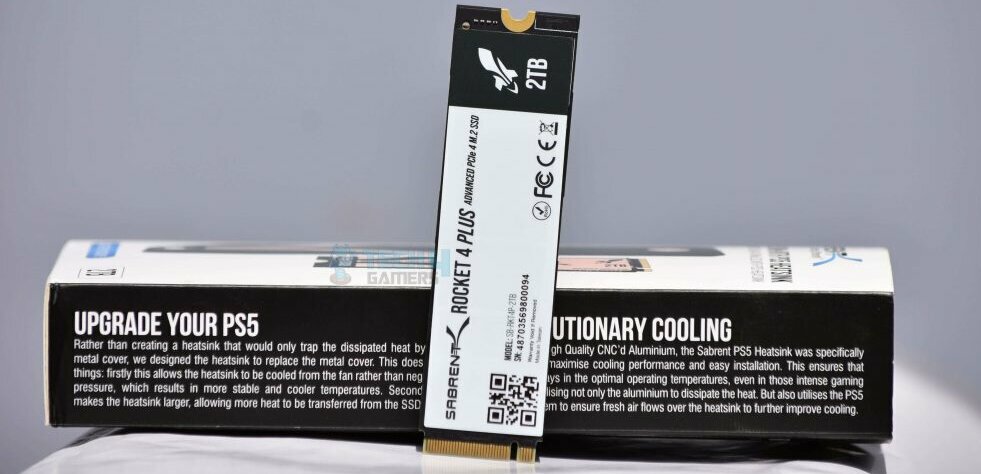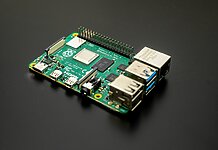Going to buy an SSD or any other PC component and worried about its reliability? Don’t worry; I’m here to tell you how to pick your PC hardware with excellent reliability and lifespan. For such scenarios, you often need to refer to a commonly used metric, i.e., MTBF (Mean Time Between Failures). In this article, I will explain it and help you pick a reliable hardware component by looking at its MTBF.
Key Takeaways
- MTBF tells about a component’s estimated time to operate before failing. It’s a statistical measure that can be calculated by dividing total operational hours by the number of failures experienced during that time.
- There are different metrics like MTBF (Mean Time Between Failures), MTTF (Mean Time To Failures), and MTTR (Mean Time To Repair) that are often used together to tell about the lifespan and reliability of a component.
- Generally, SSDs are more reliable than HDDs and thus have a higher MTBF value.
What Is MTBF?

MTBF, or “Mean Time Between Failures,” is a statistical measure representing the average time a component or system is expected to operate before experiencing a failure. It is typically expressed in hours and is used as a reliability metric to estimate the overall durability and longevity of hardware components like hard drives, power supplies, and other critical parts of a computer system.[1]
A higher MTBF value suggests a more reliable component, indicating that the element is less likely to fail within the specified timeframe. It’s important to note that MTBF is an estimate based on statistical data and models, and it doesn’t guarantee that a specific component will last exactly as long as its MTBF value suggests.
MTBF Calculation
Calculating MTBF is a relatively simple task that involves tracking the operating time and the number of failures for a component or system.[2] The formula for calculating is:
MTBF = Total Operating Time / Number of Failures
You can follow the following four steps:
- Determine the period for which you want to calculate MTBF. This could be a specific time frame, such as a month, a year, or the entire lifespan of the component or system.
- Record the total operating time of the component or system during the chosen period. Operating time should be measured in the same units as the MTBF you want to calculate (e.g., hours).
- Count the number of failures that occurred during the same period.
- Use the abovementioned formula to calculate MTBF by dividing the total operating time by the number of failures.
For example, let’s say you want to calculate the MTBF of a hard drive over a year. During that year, the hard drive operated for 8,760 hours and experienced 2 failures. So, the MTBF for this hard drive over the one year is 4,380 hours per failure. This means, on average, the hard drive operated for approximately 4,380 hours before experiencing a failure during that year.
MTTF Vs. MTBF Vs. MTTR

Different metrics are often used together to define and estimate the life of a component. These metrics tell about the expected runtime and reliability. Below is a brief comparison of the commonly used metrics in PC hardware:
| MTTF | MTBF | MTTR |
|---|---|---|
| Stands for “Mean Time To Failure” | Stands for “Mean Time Between Failures” | Stands for “Mean Time To Repair” |
| The average time it takes for a component or system to fail | The average time elapsed between two consecutive failures of a component or system | The average time it takes to repair a failed component or system |
| Measured in hours | Measured in hours | Measured in hours |
| Indicates how long a PC component is expected to operate before experiencing a failure | The measure of reliability shows how often you can expect a PC component to fail. | Reflects the efficiency of maintenance and repair processes |
| A higher MTTF implies more excellent reliability | Longer MTBF indicates better reliability | Lower MTTR is desirable to minimize downtime and disruptions |
MTBF HDD Vs. SSD

SSDs and HDDs are two standard storage device types widely used in various systems. Where SSDs can offer high data transfer rates, HDDs are more focused where budget is a preference.[3] Due to different technologies used in these both, these have different lifespans. Let’s take a look at the MTBF of these two briefly and see the factors that affect reliability:
| MTBF HDD | MTBF SSD |
|---|---|
| MTBF is typically 1,000,000 to 1,500,000 hours or more | MTBF generally is 1,500,000 to 2,500,000 hours or more |
| HDD uses mechanical components, such as spinning disks and moving read/write heads | SSD uses NAND flash memory with no moving parts |
| Generally less reliable due to mechanical parts that can wear out over time | Generally more reliable due to lack of mechanical parts |
| Susceptible to shock, vibration, and temperature fluctuation | Resistant to shock and vibration, less affected by temperature variations |
Related Helpful Resources By Tech4Gamers:
References:
-
ACADEMIA. Guidelines to Understanding to Estimate MTBF. Retrieved from https://www.academia.edu/6801685/Guidelines_to_Understanding_to_estimate_MTBF
-
SPRINGER Link. Reliability Analysis. Retrieved from https://link.springer.com/chapter/10.1007/978-3-319-55840-0_4
-
Western Michigan University. Solid State Drives (SSDs). Retrieved from https://cs.wmich.edu/gupta/teaching/cs3310/lectureNotes_cs3310/SSD%20architecture%20in%20detail%20book%20chapter%20by%20Micheloni%20and%20Crippa%20Springer%202017.pdf
FAQs
MTTF calculates the average time for a single component to fail. In contrast, MTBF calculates the average time between consecutive failures in a population of components, assuming there is more than one failure.
MTTF in reliability represents the average time a component or system is expected to operate before failing, indicating its level of reliability. A higher MTTF signifies greater expected durability.
Thank you! Please share your positive feedback. 🔋
How could we improve this post? Please Help us. 😔
[Wiki Editor]
Ali Rashid Khan is an avid gamer, hardware enthusiast, photographer, and devoted litterateur with a period of experience spanning more than 14 years. Sporting a specialization with regards to the latest tech in flagship phones, gaming laptops, and top-of-the-line PCs, Ali is known for consistently presenting the most detailed objective perspective on all types of gaming products, ranging from the Best Motherboards, CPU Coolers, RAM kits, GPUs, and PSUs amongst numerous other peripherals. When he’s not busy writing, you’ll find Ali meddling with mechanical keyboards, indulging in vehicular racing, or professionally competing worldwide with fellow mind-sport athletes in Scrabble at an international level. Currently speaking, Ali has completed his A-Level GCEs with plans to go into either Allopathic Medicine or Business Studies, or who knows, perhaps a full-time dedicated technological journalist.
Get In Touch: alirashid@tech4gamers.com


 Threads
Threads


![L3 Cache Explained [CPUs]](https://tech4gamers.com/wp-content/uploads/2023/06/HOW-TO-1-3-218x150.jpg)
![Motherboard Form Factors [All Types & Difference] Motherboard Form Factors](https://tech4gamers.com/wp-content/uploads/2023/04/Motherboard-Form-Factors-Featured-Image-218x150.jpg)